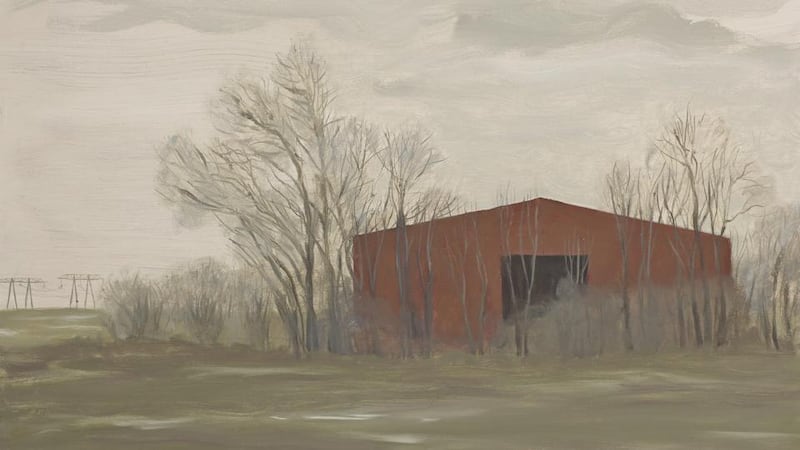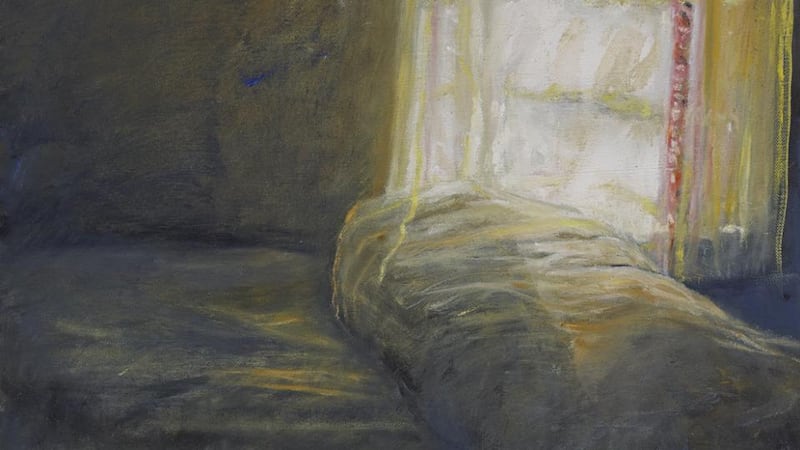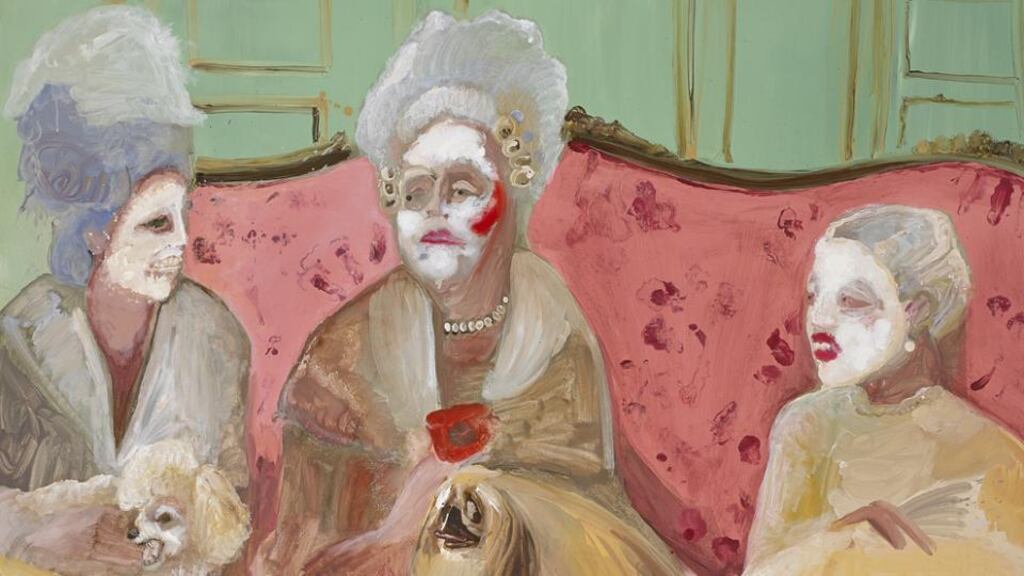[ click hereOpens in new window ]
There are many in the contemporary art world who see the RHA as an anachronism, a bastion of outmoded aesthetic values and hierarchies. Say what you want about it, but those who exhibit in its annual exhibition, through entitlement, invitation or selection, are not afraid to fail.
Walk into an exhibition of contemporary art these days and it is as if whatever you find there, be it a piece of text on the wall or, indeed, nothing at all, can be justified by a framing theoretical discourse. If you don’t get it, that’s because you’re missing the intellectual point. You’re not qualified to express an opinion, or at least that’s the way you’re often made to feel.


Still loosely organised around a few familiar generic categories – such as portrait, landscape, still life – the RHA annual opts to depend on practice, not theory. You can look at any piece in the show, figure out how you feel about it, what you think of it, and be reasonably sure that you’re not going to be ambushed by theory.
Populist
That probably contributes to its relative popularity. Visitors are confident about offering an opinion because they expect to understand what they see, and if they don’t, it’s not their problem.
The corollary is that the artists are, in a sense, setting themselves up to fail. They can be measured against readily available standards. Shortcomings are likely to be glaringly apparent.
Art that reaches beyond a general level of competence is rare. You can more or less depend on competence in what’s in the annual exhibition, but you can’t count on something more. It is to some extent a populist exhibition, but that doesn’t rule out quality. And in the end, it’s that incalculable extra, competence plus personality perhaps, that makes the difference between a poor show and a good one.
Make your way through the 560-plus works in this year’s RHA Annual Exhibition and chances are you’ll feel, that was pretty good. Not because it is all really good – it’s not – but because there’s more than enough to give a lift to your step along the way, despite the doldrums.
For this viewer, one of the wow moments is arriving at David Crone's two fairly big paintings in the main gallery. Their titles, Garden Forms I and II, describe them accurately in that Crone's inspiration lies in his garden. But, like Georges Braque with a still-life arrangement, he makes something wonderfully lyrical and serene with his material, building up complex arrangements of interwoven planes, forms and colours, creating compositions that are endlessly involving for the eye.
As impressive, though altogether different, is Maeve McCarthy’s nocturnal suite of modestly scaled paintings. They hint at a composite narrative, around the idea of setting off by night from the comfort of home to a stormy sea and they are beautifully, subtly observed. For sale individually (and inexpensively), they look as if they belong together.
Though not hanging together, Veronica Bolay’s paintings also make up a suite of sorts. A series of studies of spaces, domestic interiors or exteriors, they are either charged with a sense of absence, conveying a lingering warmth, or they capture the fleeting presence of a girl who seems always to be disappearing out of frame.
Bolay is incredibly sensitive to nuances of light and atmosphere. For once, the overworked word poetic is an appropriately descriptive term for a set of paintings.
Perhaps low-key trumps loud in general. Eithne Jordan focuses very effectively on mundane aspects of the environment in her paintings. Anita Shelbourne shows three relaxed, good-natured pieces. You could easily walk by Maggie Madden's minimally stated but breathtaking sculpture.
Dynamic study
In fact it's transparent enough to have eluded the catalogue compilers. While she is mentioned as an invited artist there doesn't seem to be any listing. Hugh Cummins's three wood vases, Flight, are feather-light and elegant.
Individual pieces that are well worth seeking out include: Genieve Figgis's bitingly satirical and non-PC Ladies Chatting; a pair of tremendously lively paintings by Diana Copperwhite; Terry Markey's spectacular tower of jumbled scrap-wood; Paul Ringrose's intricate, meditative study of woodland in Listarkin; Claire Kerr's impossibly detailed miniature; Anthony Lyttle's weave-patterned abstract; Patricia Burns' moody, night-time motorway landscape; and Joe Dunne, who ventures seriously into landscape with a nod to Donald Teskey.
This is a list that could go on and on, which is a compliment to the exhibition.
Is there a downside? Yes, in the form of quirky visual puns, which are fine on first viewing but wearing in the long run. There is a lot of reasonably competent portraiture but relatively little with that something extra. Allyson Keehan's Self-Portrait perhaps, Una Sealy's lively, conversational account of a couple on their roof terrace, and some works that are as much figures in interiors as portraits: Michael O'Dea's Tony Kilduff, his study of the late Tony Rudenko, and Colin Harrison's The Problem with Munch.
Barrie Cooke's Big Didymo, a spare, fluid, fabulously dynamic study of an invasive growth of a pest diatom (also known, charmingly, as "rock snot"), a freshwater scourge he encountered in New Zealand, is a reminder of what was lost when he died earlier this year.
Sadly, he is one of several much-missed academicians. His friend Seamus Heaney was on the honorary council, as were artists Patrick Scott and Campbell Bruce.
RHA 184th Annual Exhibition is at Royal Hibernian Academy, Gallagher Gallery Until August 9, rhagallery.ie













